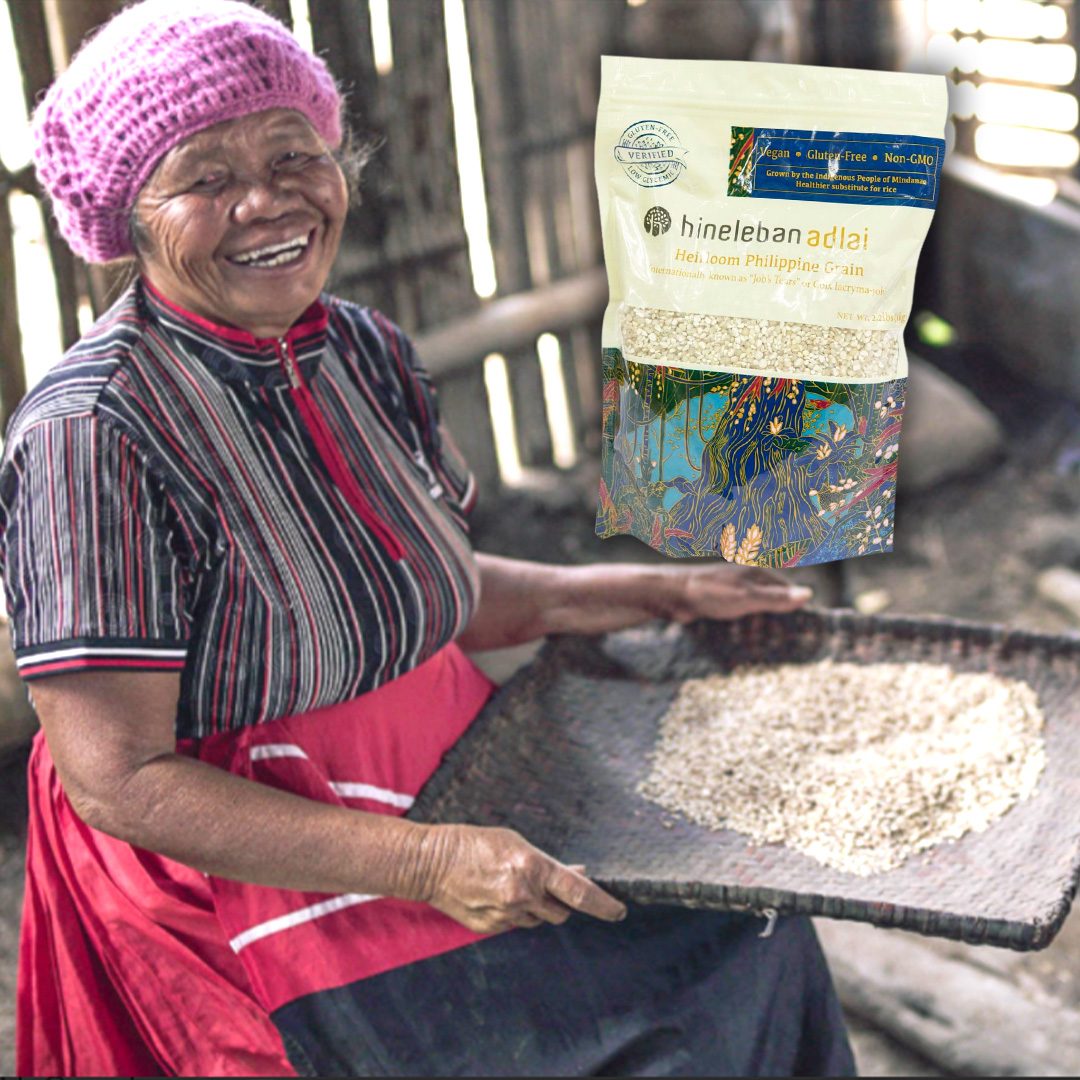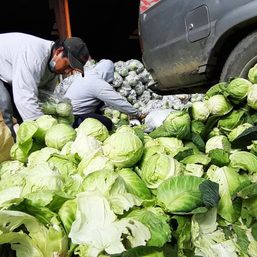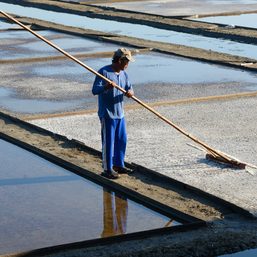SUMMARY
This is AI generated summarization, which may have errors. For context, always refer to the full article.

You may have already heard of the local grain adlai. But if you haven’t, now’s the time to familiarize yourself with it. It’s a low-carbohydrate and calorie-rich grain that’s nutritious, versatile, easy to prepare, and delicious.
The grain, which is also called “Job’s tears,” is similar to rice, both in preparation and use. It’s becoming a new, pampabusog staple for households looking for a healthier, diabetic-friendly substitute to rice, pasta, risotto, paella, and other classic dishes (it can even work as champorado, arroz caldo, or kakanin).
So what’s the hype all about, really?
What’s in it?
According to the Bureau of Agricultural Research, a lot. Adlai has a good amount of complex carbohydrates that are still lower than brown and white rice. It’s rich in protein and dietary fiber (a cup already has 14% of the daily recommended value), making it good for digestion, too.
It’s also high in calcium (25 mg), phosphorus (43.5 mg), iron (5 mg), niacin (4.3 mg), thiamine (0.28 mg), and riboflavin (0.19 mg). It’s got zero sodium and sugar content, and only scores 55 on the glycemic index scale, putting it on the low-glycemic range – perfect for those watching their blood sugar and cholesterol levels. Counting calories? A cup of non-GMO adlai only has 160.
Where to get it
One social enterprise that’s pioneered in distributing adlai as early as 2015 is Hineleban Farms in Bukidnon. Its founder, Hineleban Foundation, works with indigenous communities to ensure the sustainable and ethical production and sale of the heirloom grain around the country.
Hineleban Foundation first encountered the grain during a visit to the Tagolwanen community in Aglayan, Malaybalay, Bukidnon in 2015. Women farmers were already growing the crop, calling it “just like rice, but better.” Hineleban’s curiosity was piqued, and they decided to directly partner with these local farmers. The rest was history – aside from adlai, Hineleban Farms now grows, processes, and sells other high-value crops such as arabica coffee, taro, yacon, abaca, and bamboo. They’ve also began selling honey and turmeric.
Hineleban also opened their first Hineleban Cafe in Makati a few years back. Although it’s closed temporarily due to the pandemic, all of their goods are available to purchase on their website. One kilo of adlai costs P400 (Hineleban Farms’ farmers are experiencing a huge harvest).
Enjoying adlai at home
Think of adlai like a local version of arborio rice or risotto – it’s subtle in flavor and chewy in texture. It’s almost like an al-dente noodle, with a nice, firm, chewy bite. Because of its neutral taste, it can easily soak up different flavors, making it a good partner to a variety of ingredients.
You can easily cook it as you would regular white rice – one part adlai with two parts water, and then simmer for 30-40 minutes until cooked and ready to fluff. If you want softer grains, add more water. Try it out in a rice cooker, too!
There are many recipes out there that harness the texture and nutrition of adlai, like Hineleban Farms’ cheesy leek and parmesan adlai risotto.
They also have one for adlai chori malunggay paella, which involves sauteing together garlic, chopped Spanish chorizo, malunggay, tomato sauce, paprika, bell pepper, and sweet peas in a paellera over medium heat. Afterwards, you can add 4 cups of cooked adlai and salt, and then flatten it along with another layer of toppings, including boiled eggs. Cover the pan, let it cook over medium heat for 15 minutes, and then serve.
For a refreshing side dish, Hineleban also has a recipe for a tabbouleh parsley adlai, which involves chopped parsley, cooked adlai, dried mangoes, white onions, and tomatoes mixed in a bowl. Everything is mized in a dressing of cumin, calamansi, coco sugar, salt, and extra virgin oil.
Other recipes include their dirty cajun liver adlai and seafood garam masala bell pepper curry on adlai.
Adlai could also work as a pasta dish substitute – just simmer it in tomato sauce and herbs, add in some crushed sardines, tuna flakes, capers, and olives, and top with grated parmesan cheese. It’s easy to get creative with it. – Rappler.com
Add a comment
How does this make you feel?

![[ANALYSIS] Investigating government’s engagement with the private sector in infrastructure](https://www.rappler.com/tachyon/2024/04/tl-gov-private-sectors-infra-04112024-1.jpg?resize=257%2C257&crop=435px%2C0px%2C1080px%2C1080px)


![[Rappler’s Best] The elusive big fish – and big fishers](https://www.rappler.com/tachyon/2024/04/The-elusive-big-fish-%E2%80%93-and-big-fishers.jpg?resize=257%2C257&crop=220px%2C0px%2C720px%2C720px)
There are no comments yet. Add your comment to start the conversation.